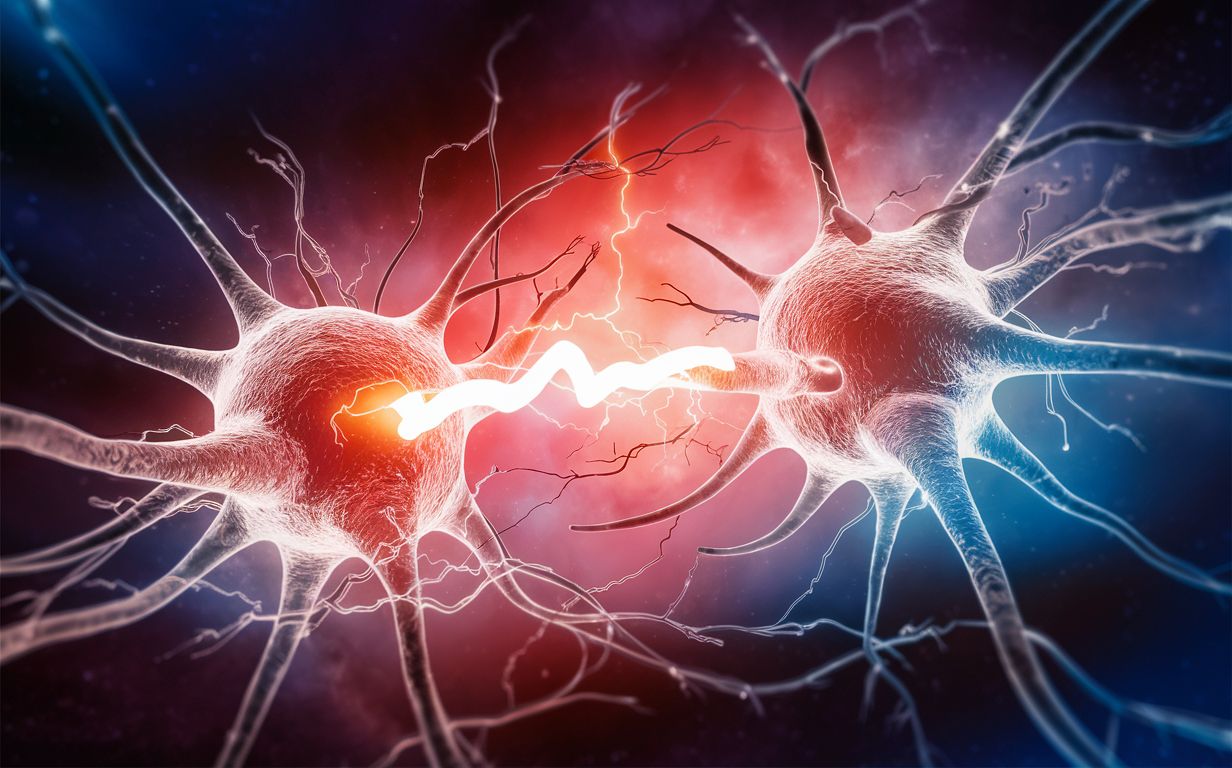This innovation promotes spinal cord repair
Published by Cédric,
Article author: Cédric DEPOND
Source: Science Advances
Other Languages: FR, DE, ES, PT
Article author: Cédric DEPOND
Source: Science Advances
Other Languages: FR, DE, ES, PT
Follow us on Google News (click on ☆)

The new hydrogel, composed of dopamine-grafted hyaluronic acid (HADA) and a designed peptide HGF-(RADA)4-DGDRGDS (HRR), was created to enhance tissue integration after a spinal cord injury (SCI). According to an official statement from the American Association for the Advancement of Science, this innovation allows increased nerve regrowth in animals with spinal cord injuries.
When a traumatic spinal cord injury occurs, it often leads to the formation of dense scar tissue, making it challenging for nerve cells to regenerate. However, researchers have found that using specific biomaterials can create a favorable environment for repair and nerve regrowth in the scarred areas.
Scientists observed that this dense tissue is not conducive to axonal nerve regeneration. The implantation of selected biomaterials could encourage axonal repair in spinal cord scars. The new hydrogel, enriched with curcumin and neurotrophin-3 (NT-3), a nerve growth-promoting element, showed significant improvement in motor, sensory, and bladder functions in rats, as well as improved motor functions in dogs.
The hydrogel transforms scar tissue into an environment conducive to axonal growth. The study's authors indicated that the HADA/HRR hydrogel manipulated the infiltration of PDGFRβ+ cells in parallel, transforming dense scars into aligned fibrous substrates guiding axonal regrowth.
Moreover, the incorporation of NT-3 and curcumin promoted axonal regrowth and the survival of interneurons at the injury edges, serving as relays to establish specific heterogeneous axonal connections. In vitro analyses demonstrated the hydrogel's ability to support fibroblast infiltration, while in vivo tests on rat models with full spinal cord transection and on dogs with hemisected lesions showed significant functional improvements.
Rat models treated with the hydrogel showed improvement in bladder, sensory, and motor activities, including locomotion recovery. Dogs with hemisected lesions also showed similar improvements in motor functions.
This strategy paves the way for other applications in the repair of central nervous system injuries and diseases. The authors note that such biomaterials can inspire beneficial biological activities for SCI repair.